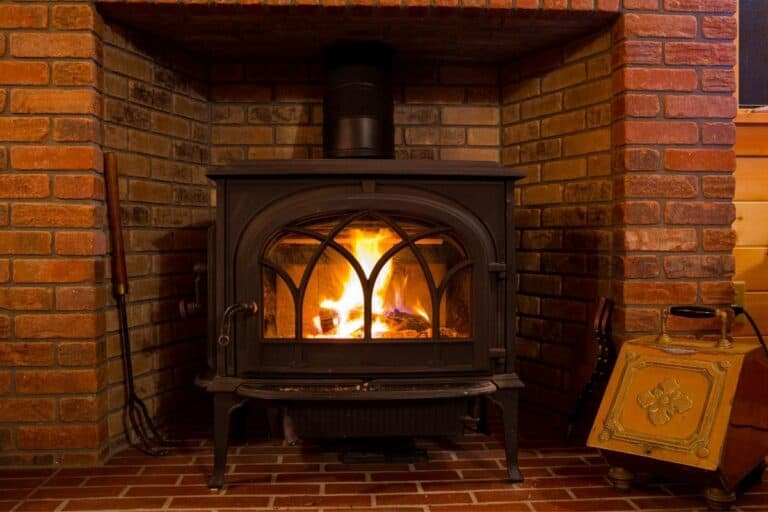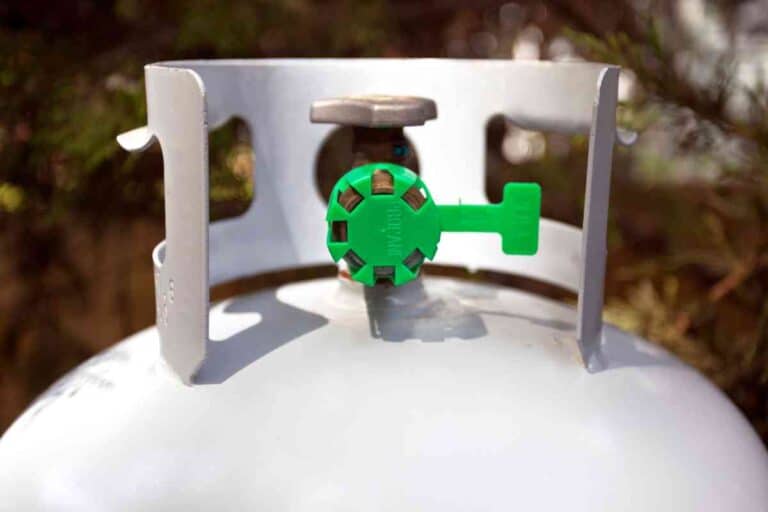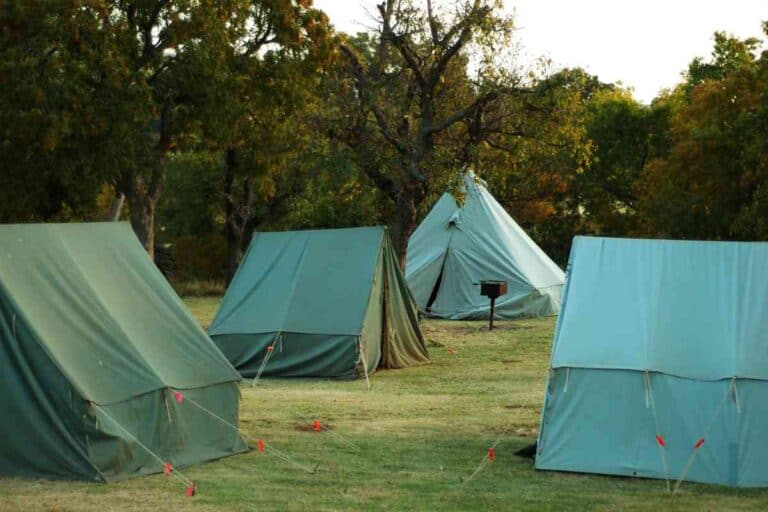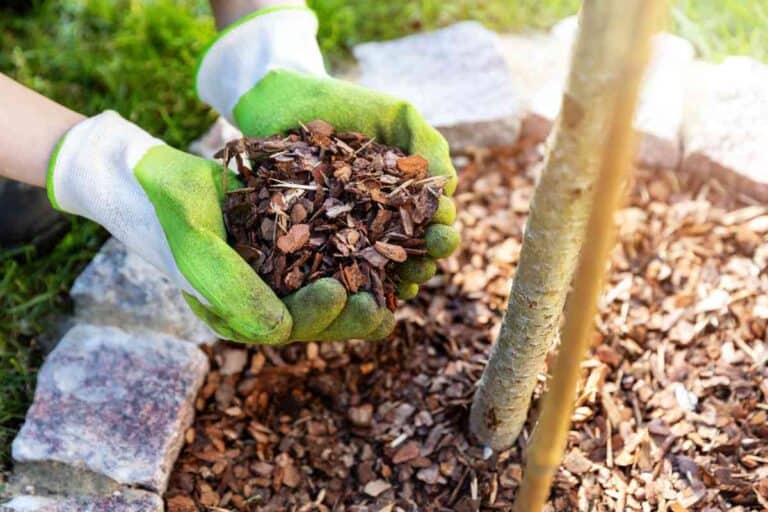How Hot Do Wood Stoves Get & How Is Too Hot?
Millions of Americans use wood stoves for heating and cooking. But how hot do wood stoves get? This detailed guide has the answers.
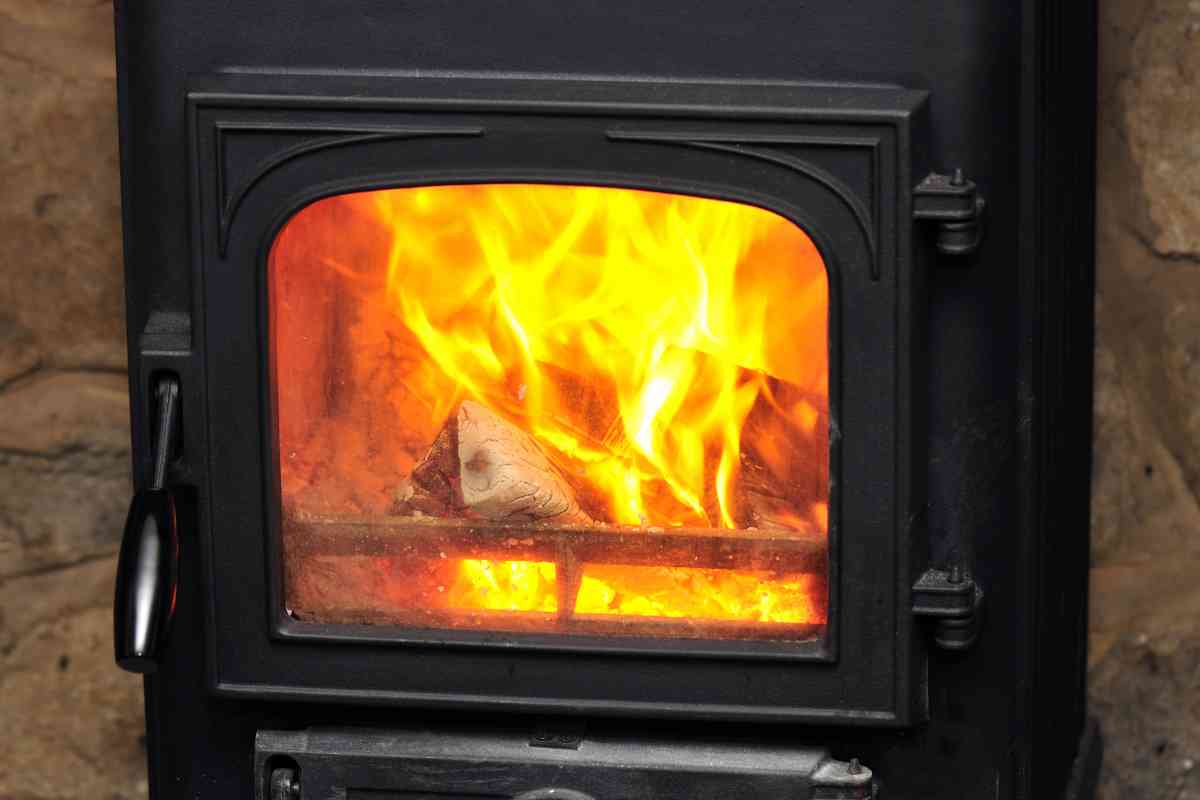
How hot do wood stoves burn?
A standard wood stove will burn at temperatures of approximately 500 Degrees to 1000 Degrees Fahrenheit. However, bigger wood stoves can burn at temperatures higher than 1000 Degrees. But, regardless of the stove you are using, you should avoid exceeding temperatures of 800 Degrees.
If you are one of the millions of people who use wood stoves or you are looking to purchase one, you may be wondering how hot they can get. Well, our guide has the answers.
So, how hot do wood stoves get? Well, the exact temperature of the wood fire will depend on various factors.
These include the type of wood stove you are using, the type of wood fuel that you are burning, as well as the moisture content in the wood.
But on average, a standard wood stove will produce temperatures of around 500 to 1000 degrees Fahrenheit. If you are using a smaller wood stove, then the temperatures will be slightly lower.
On the other hand, if you are using a larger wood stove, then you can expect temperatures of 1000 degrees Fahrenheit and above.
The reason why a bigger stove will hit higher temperature levels than a smaller one is that the bigger stove can accommodate a larger amount of wood fuel than the smaller one.
And, if this wood fuel is burning at the same time, then the bigger stove will definitely produce more heat compared to the smaller stove.
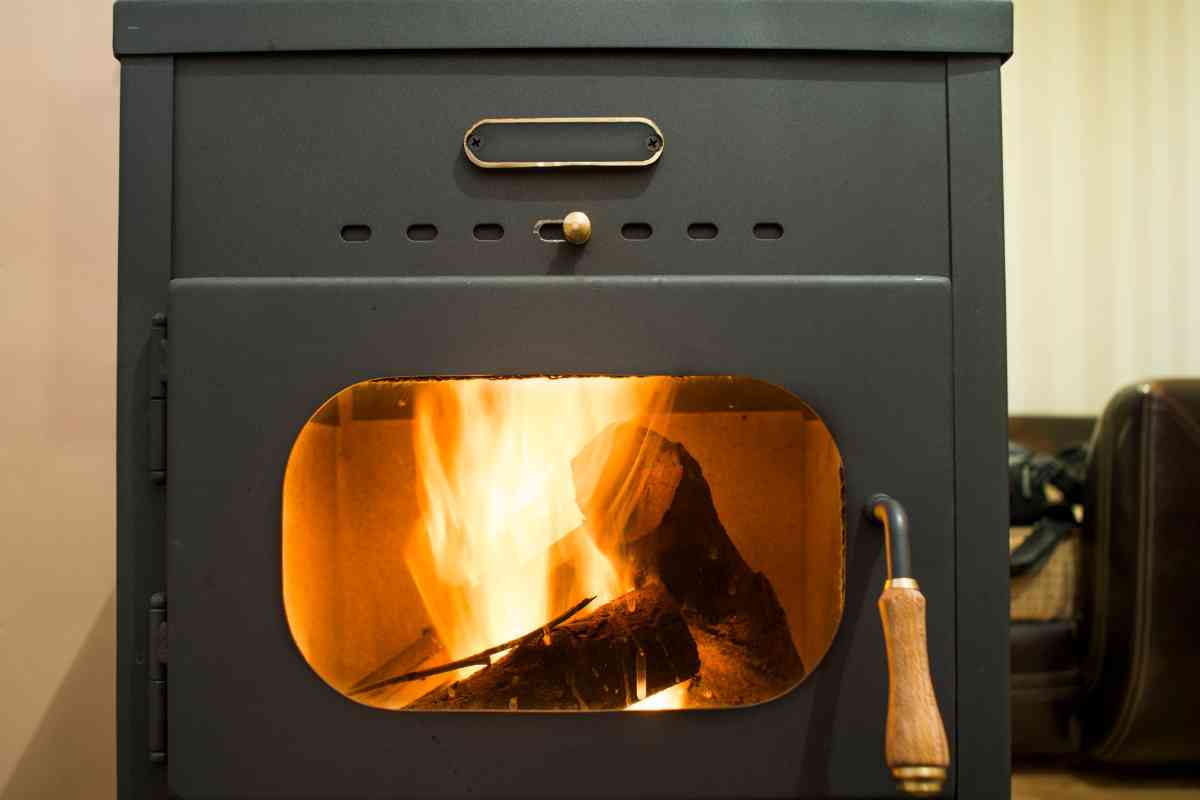
How Hot is Too Hot?
As we’ve mentioned above, a standard wood stove will attain temperatures of between 500 degrees and 800 degrees Fahrenheit.
At the same time, if you are using a bigger-sized stove, then you can expect temperatures of approximately 1000 degrees Fahrenheit. And this brings us to the question, how hot is too hot for wood stoves?
Well, according to experts, anything above 800 degrees Fahrenheit is considered too hot. And, if your stove continues burning at these high temperatures, there’s a high chance both the stove and the fireplace will incur considerable and costly damage.
Why is 800 is too hot?
Having a fire reach above the recommended safety point for your store – or above 800 degrees can more easily result in permanent damage to the inside of your stove. While a wood stove is made of metal that can take some serious heat, the metal is still capable of warping or cracking, which is obviously not good for the future or for immediate safety.
The immediate issue is that damage to stove parts can result in extreme heat in the area, potentially causing a fire especially if anything flammable is present.
How to Maintain Optimal Stove Temperature
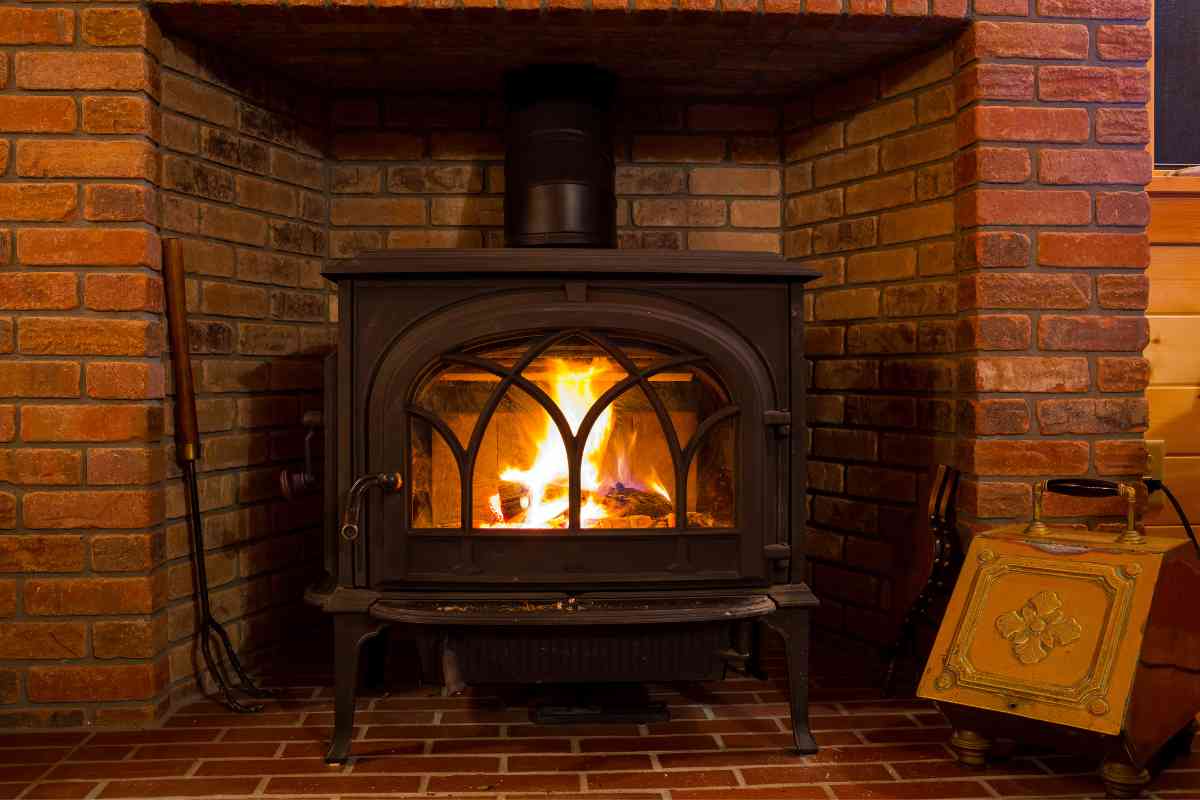
A wood stove that’s burning at temperatures higher than 800 degrees Fahrenheit will cause serious damage to the stove itself and the fireplace, as we’ve mentioned above.
Also, extremely high temperatures pose a safety risk to everyone in the house.
At the same time, if your wood stove is operating at a lower temperature, the wood combustion won’t be complete. Consequently, the wood will produce undesirable products like excessive carbon dioxide, smoke and creosote.
Ideally, you should aim to maintain temperatures of around 400 degrees and 500 degrees Fahrenheit In this range, wood combustion will be complete. Therefore, your stove will produce adequate heat needed for heating your home or cooking.
So, how can you ensure that you maintain the optimal temperature range of between 400 degrees and 500 degrees Fahrenheit? Well, managing the temperature of your stove and maintaining optimal temperatures is not as challenging as it may appear. Here are some tips to consider.
Use the Right Type of Wood
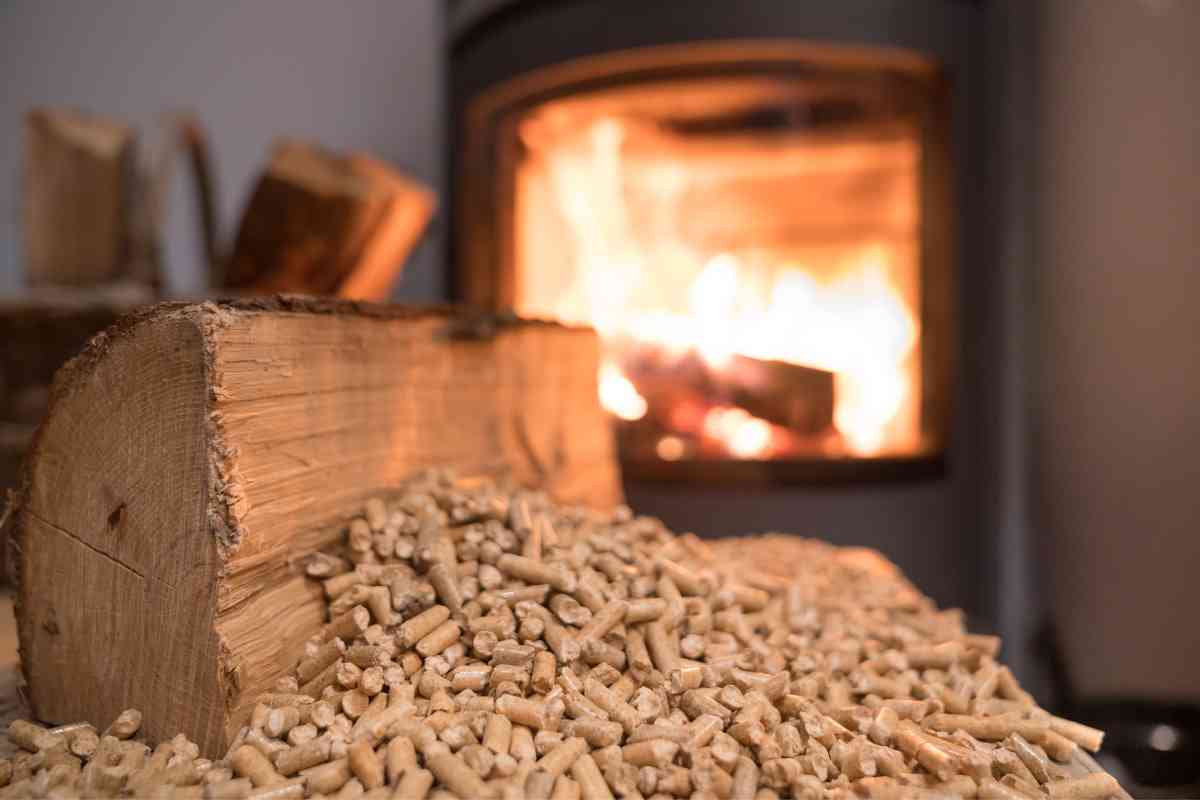
You will only get optimal heat out of your stove if you use the right type of wood fuel. To this end, you should go for dry-seasoned wood.
Dry, seasoned wood will produce lesser CO2, lesser smoke and lesser air pollution. Also, dry, seasoned wood will produce more heat and burn more efficiently, compared to green wood.
It’s also worth pointing out that different species of food produce different amounts of heat. Generally, hardwoods tend to burn longer compared to softwoods.
Some of the best species for a wood stove include red and white oak, hickory, sugar maple and yellow birch.
What kinds of woods burn the hottest?
For wood stoves, the type of wood certainly matters in how hot your fire will get. As we mentioned during our control discussion, another factor is the amount of air circulation. Here are some woods that burn hot.
To be fair, most people who decide on which wood to get decide based on price, local availability, and even smell. Well, here are the ones that burn the hottest, too, when well seasoned
- Sugar maple. Also smells a bit like maple syrup and will make you crave pancakes
- Mulberry burns both hot and slow
- Applewood. This sounds familiar to you because its often used when smoking sausages and bacon – and yes, it smells really good
- Hornbeam – Hot, but takes a long time to season.
- Beech – can take a couple of years to season just right, but produces some serious heat
- Hickory – is widely available, smells good, and burns for a long time.
- Osage orangewood. First, good luck finding it, and second, if you cut it down yourself, save time and a couple extra saw blades. Burns really hot though.
Light the Fire Correctly
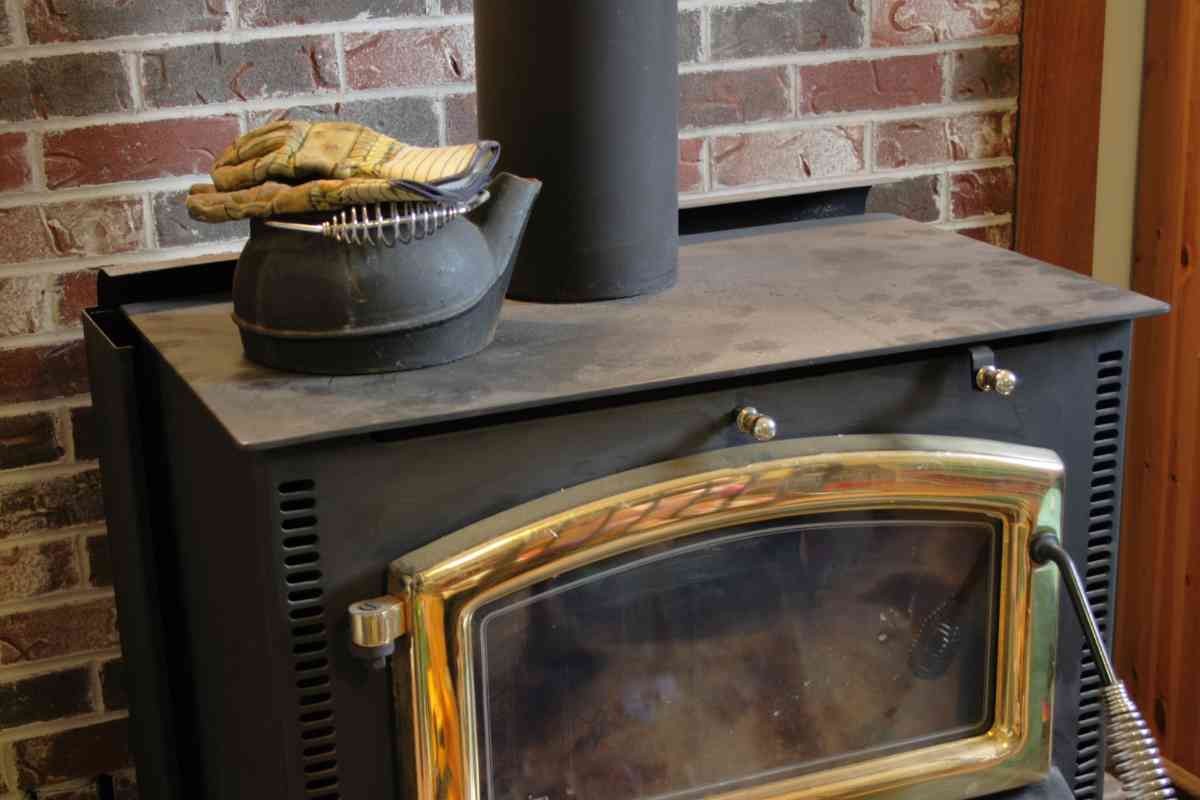
Besides selecting the right type of wood, you also need to ensure you light the fire in your wood stove correctly. Lighting and building the fire properly will enable you to get the most out of your wood fuel.
Also, it will help to promote a successful fire and reduce the chances of it going out. And by doing so, you will be able to maintain the ideal or optimal temperatures while protecting the environment.
To this end, you should make sure the kindling you are using is already glowing hot before you begin adding bigger logs.
From there, you can then start adding the logs, one at a time, and allowing each to catch fire.
Use the Proper Amount of Fuel
After you’ve lit your wood stove and gotten the fire going, you will need to maintain the proper amount of fuel.
And by doing so, you get the most heat out of your stove. To this end, you need to ensure you are not under-filling or over-filling your stove with firewood.
If you put too much firewood, the stove will produce excessively high temperatures. And as we mentioned earlier, such high temperatures can damage the stove or pose a safety risk.
On the other hand, if you don’t put enough wood, you won’t get sufficient heat from the stove. Also, there’s a high chance the subsequent wood you will add will not catch fire and the stove may end up going out prematurely.
There’s a high chance that your stove manual has indicated the recommended amount of fuel. And you should stick to these recommendations at all times.
You should also consider investing in a stove thermometer to help you measure the temperatures and make the necessary adjustments in terms of fuel.
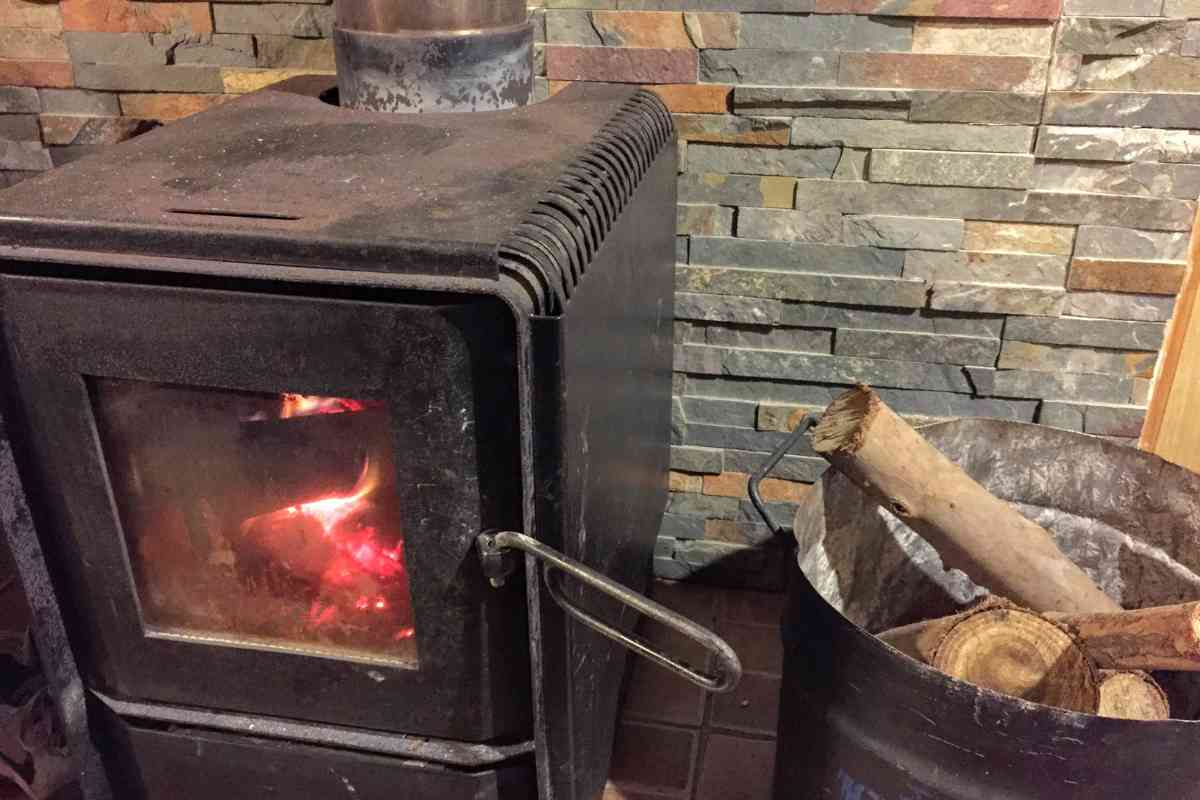
Are there benefits to a hot fire?
There are rather obvious benefits to a hotter fire in your wood stove – so long as the fire temperature stays within a safe range of what your stove can handle. These include water and other foods heating up faster and producing more heat for your home.
The less obvious benefit is that a hotter fire will build up less creosote in your wood stove exhaust and chimney. A hotter fire generally means that more wood is being burned completely – which leads to fewer tar deposits.
How to check your stove’s temperature
There are multiple ways to check a stove’s temperature, including the internal thermometer which should show the temperature on the inside of the stove. Some also have a WiFi-based app that tells you the current temperature.
From a distance but within the house, another option is to get a thermal gun that lets you point the device at the fire and read the temperature from a distance. Devices similar to this are sometimes used for contact-free fever scans.
Key Takeaways
- Wood stoves provide a cost-effective method of cooking or heating a home
- Wood stoves produce temperatures of approximately 500 to 1000 degree Fahrenheit
- Bigger stoves can attain higher temperatures than smaller stoves
- You should aim for temperatures of around 400 to 500 degrees Fahrenheit


